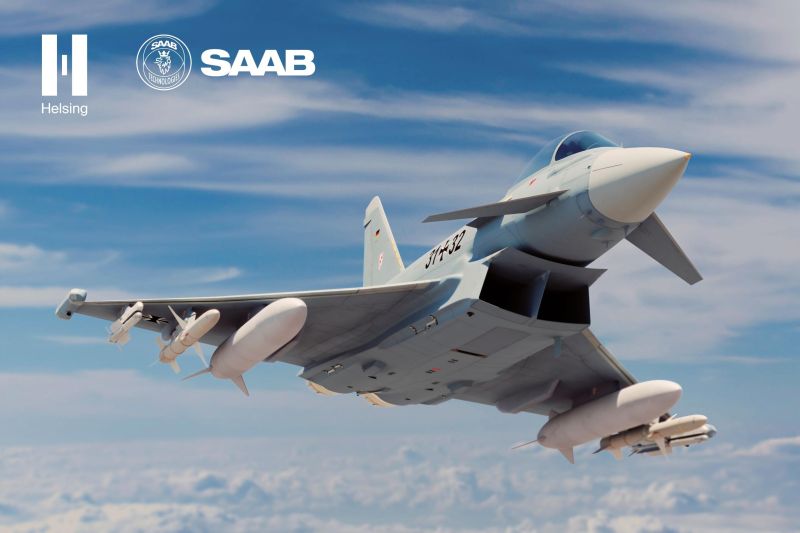Denmark will raise its defence spending by an additional $5.1 billion over the next four years in order to speed up investments in military capabilities, as the government has warned that Russia is readying for a long-term war.
With the war in Ukraine reaching its 800th day, and the battle showing little sign of resolution in the foreseeable future, European countries are doubling down on efforts to inject more funds into their military posture.
The
Danish government announced this week that it would again increase the country’s defence expenditure from 2024-2028. Last year, the Scandinavian country had already committed to investing $21 billion in defence over the next decade.
Denmark’s defence spending for 2023 was $8.1 billion, a 39% increase over the previous year, according to the Stockholm International Peace Research Institute.
“The security situation in Europe has worsened since we decided on the Danish Défense Agreement last summer. Russia is preparing for a long-term war and could pose a potential threat to NATO allies within a few years,” the Danish Défense Minister Troels Lund Poulsen
said.
The additional funds will go to reinforcing the Army’s 1st heavy brigade, which is Denmark’s fore package assigned to the NATO Response Force, acquiring more land-based air defence systems and bolstering the Navy’s anti-submarine warfare capabilities.
The unit in question will have to be deployable on short notice, based on NATO standards, and it receive new tanks and infantry fighting vehicles.
Denmark borders the Baltic and North seas along its 8,750 kilometers of shoreline, which could be vulnerable in the event of NATO-Russia tensions in the region.
Following Copenhagen’s submarine divestiture in 2004, lawmakers have been going back and forth about the possibility of acquiring and even leasing new undersea platforms.
https://www.defensenews.com/global/... — Denmark will raise its,for a long-term war.












